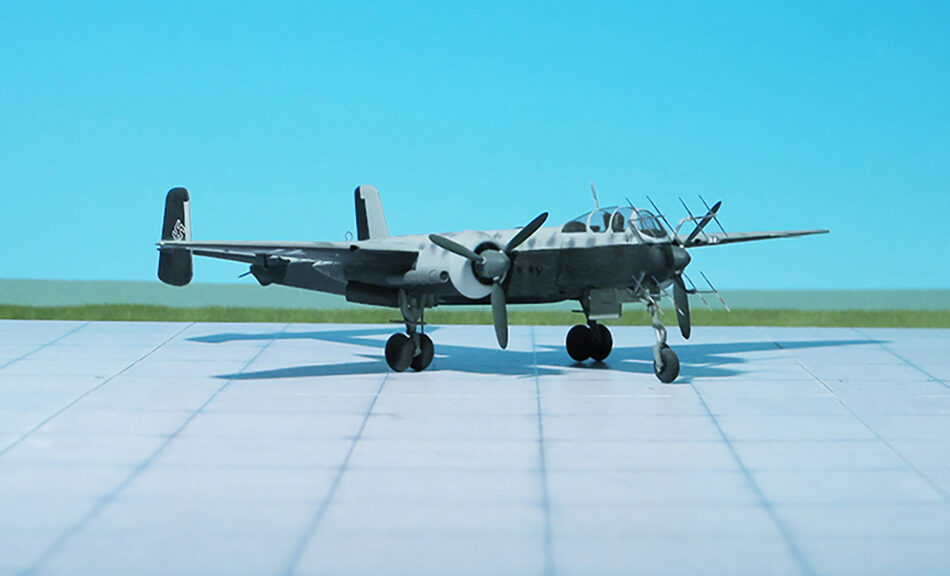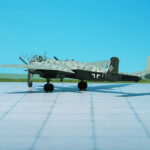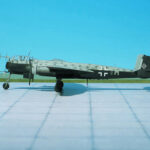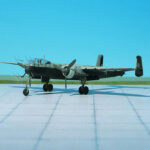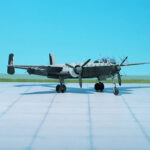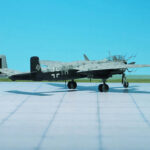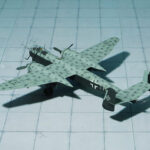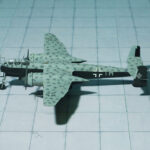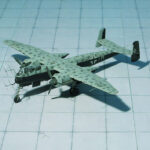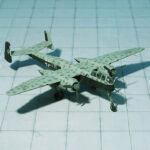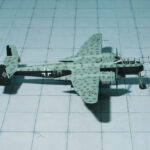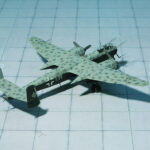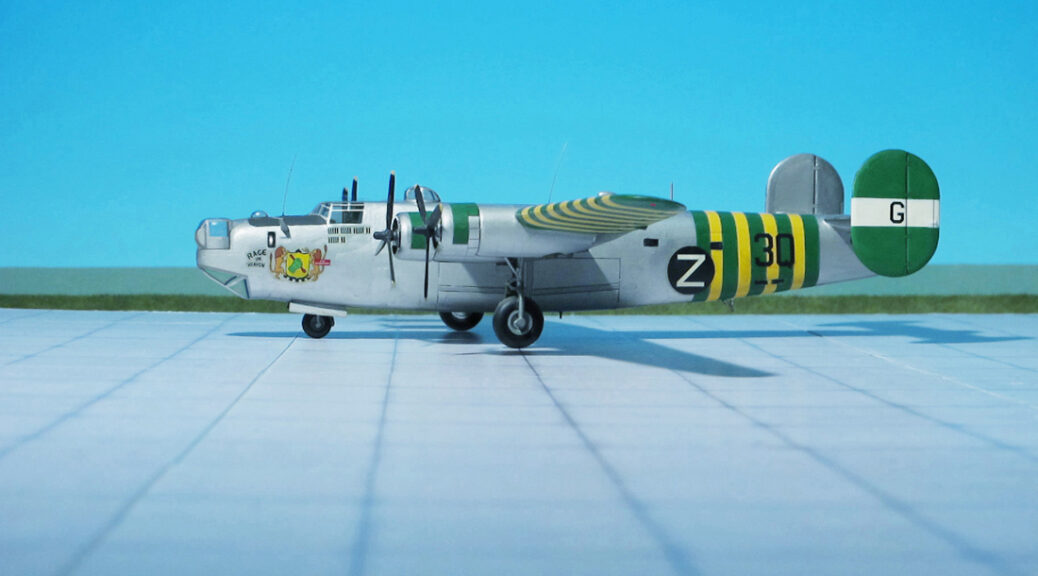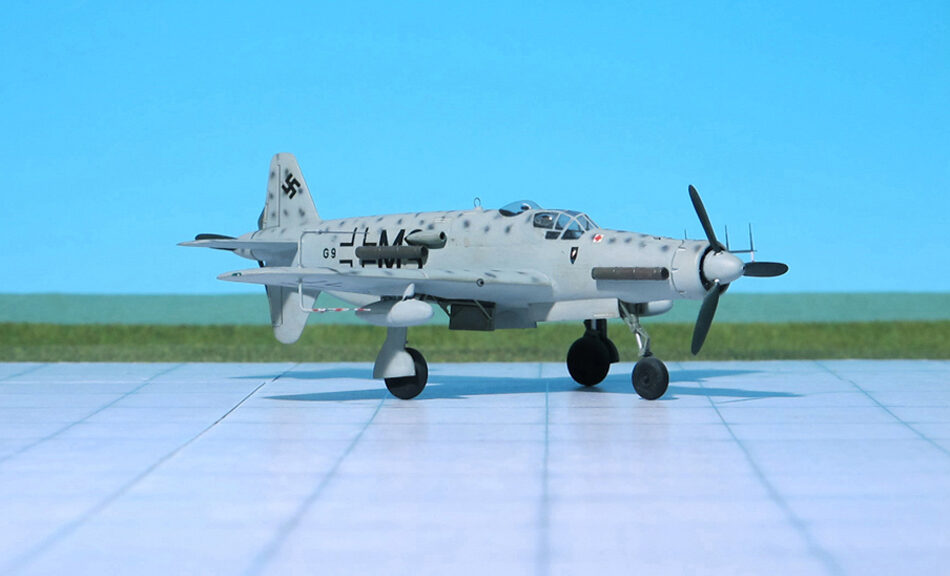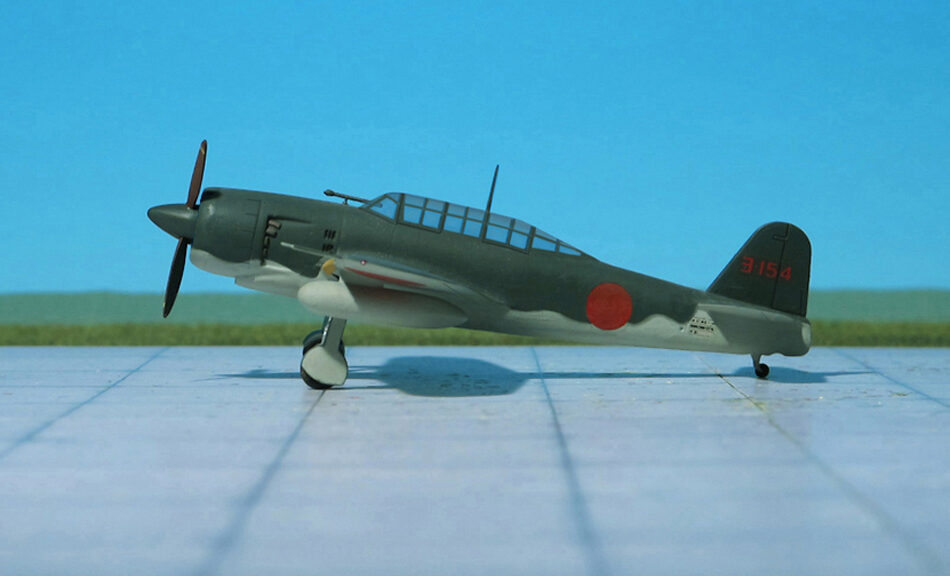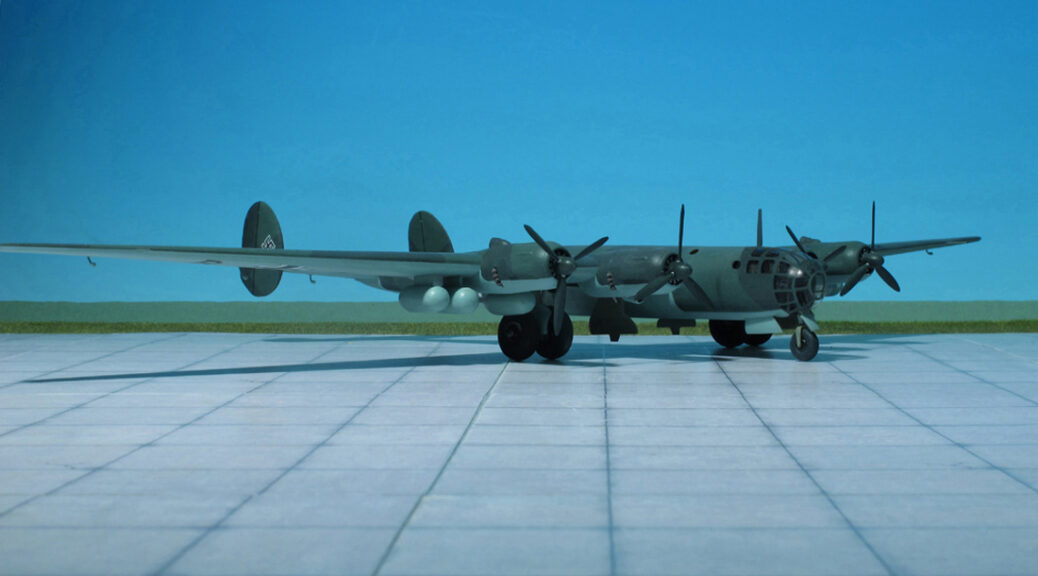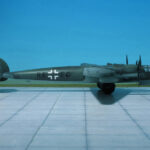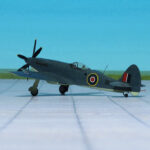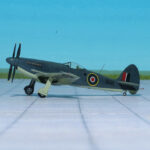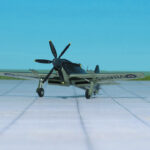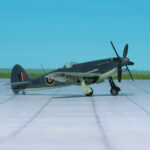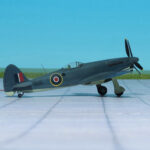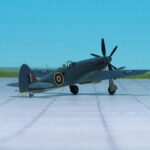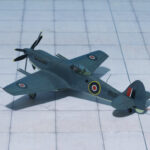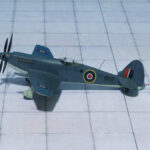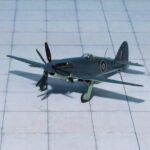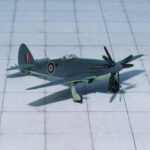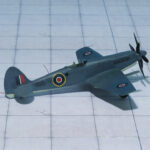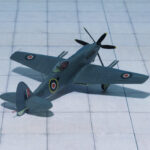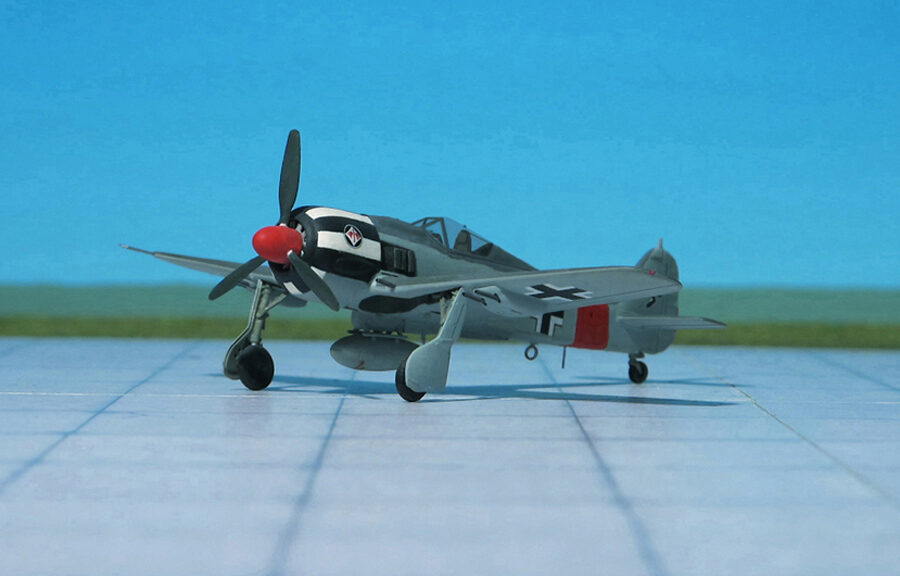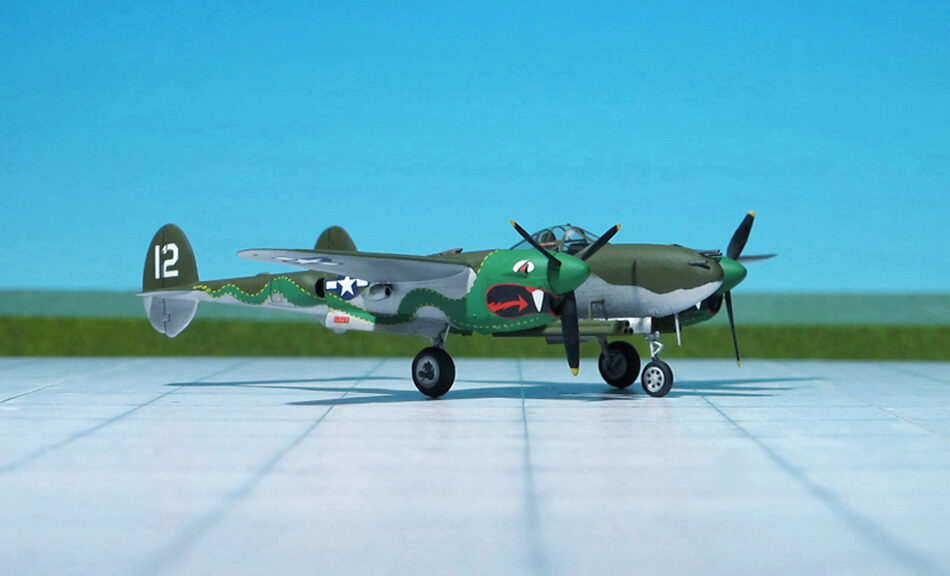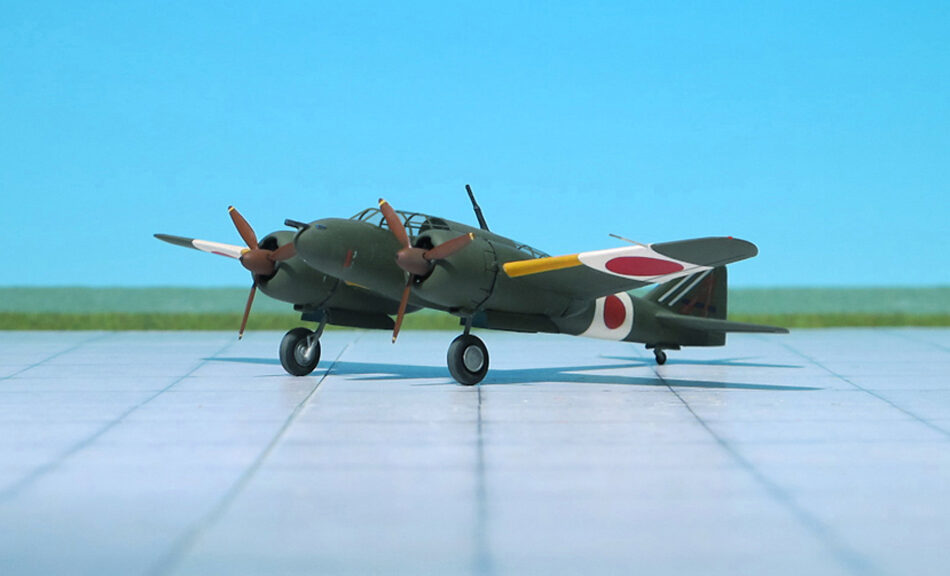TYPE: Night fighter
ACCOMMODATION: Pilot and radar operator/Navigator
POWER PLANT: Two Daimler-Benz DB 603G liquid-cooled engines, rated at 1,776 hp each
PERFORMANCE: 420 mph at 23,000 ft
COMMENT: The Heinkel He 219 Uhu (“Eagle-Owl”) was a night fighter designed and produced by the German aircraft manufacturer Heinkel. It primarily served with the Luftwaffe in the later stages of the Second World War.
Work on the He 219 begun in mid 1940 as a multi-purpose aircraft designated P.1055. It was a relatively sophisticated design that possessed a variety of innovations, including a pressurized cockpit, twin ejection seats and remotely controlled defensive gun turrets. The P.1055 was initially rejected by the Reichsluftfahrtministerium (RLM – the German Aviation Ministry), but Heinkel promptly reconfigured it as a night fighter, designated P.1060. In this capacity, it was equipped with a FuG 220 Lichtenstein SN-2 advanced VHF-band intercept radar (also used on the Junkers Ju 88G and Messerschmitt Bf 110G night fighters). The Heinkel He 219A was also the first operational military aircraft to be equipped with ejection seats and the first operational German aircraft to be equipped with tricycle landing gear The prototype performed its maiden flight on 6 November 1942.
Both the development and production of the He 219 were protracted due to various factors, including political rivalries between General J. Kammhuber, commander of the German night fighter forces, Ernst Heinkel, the manufacturer and Field Marshal E. Milch, responsible for aircraft construction in the RLM. Other aircraft programmes, such as the Junkers Ju 188, Donier Do 335 Pfeil and Focke-Wulf Ta 154 Moskito, competed for attention and resources; Milch advocated for these programmes over the He 219. Furthermore, the aircraft was relatively complicated and expensive to build, as were the powerful Daimler-Benz DB 610 V-12 inline engines that powered it. Nevertheless, the He 219 made its combat debut on June 1943 and was quickly recognised for its value as a night fighter, even being allegedly effective against the Royal Air Force’s de Havilland Mosquito fighter-bombers.
On 25 May 1944, production of the He 219 was officially terminated. Had the He 219 ever become available to the Luftwaffe in large quantities, it is plausible that it could have had a significant effect against the strategic night bombing offensive conducted against Germany by the Royal Air Force (RAF); however, only 268 aircraft across all models were ever completed and thus the type only saw limited service between 1943 and 1945. Major E.-W. Modrow was the leading night fighter ace on the He 219, having been credited with 33 of his 34 night air victories on the type.
The last major production version was the Heinkel He 219A-7 with improved, unitized 1,776 hp Daimler-Benz DB 603E engines. The A-7 typically had two 20 mm MG 151/20 cannon in the wing roots (inboard of the propeller arcs), two 20 mm MG 151/20 in the ventral weapons bay and two 30 mm (1.18 in) MK 108s as rear-fuselage dorsal mount, upwards-firing Schräge Musik offensive ordnance. Production of 210 aircraft was to start November/December 1944, but only six aicraft have been produced, one aircraft was delivered to the I/NJG 1 (Ref.: 24).
